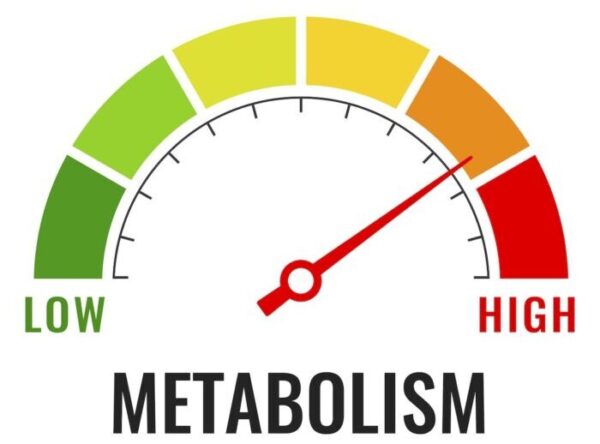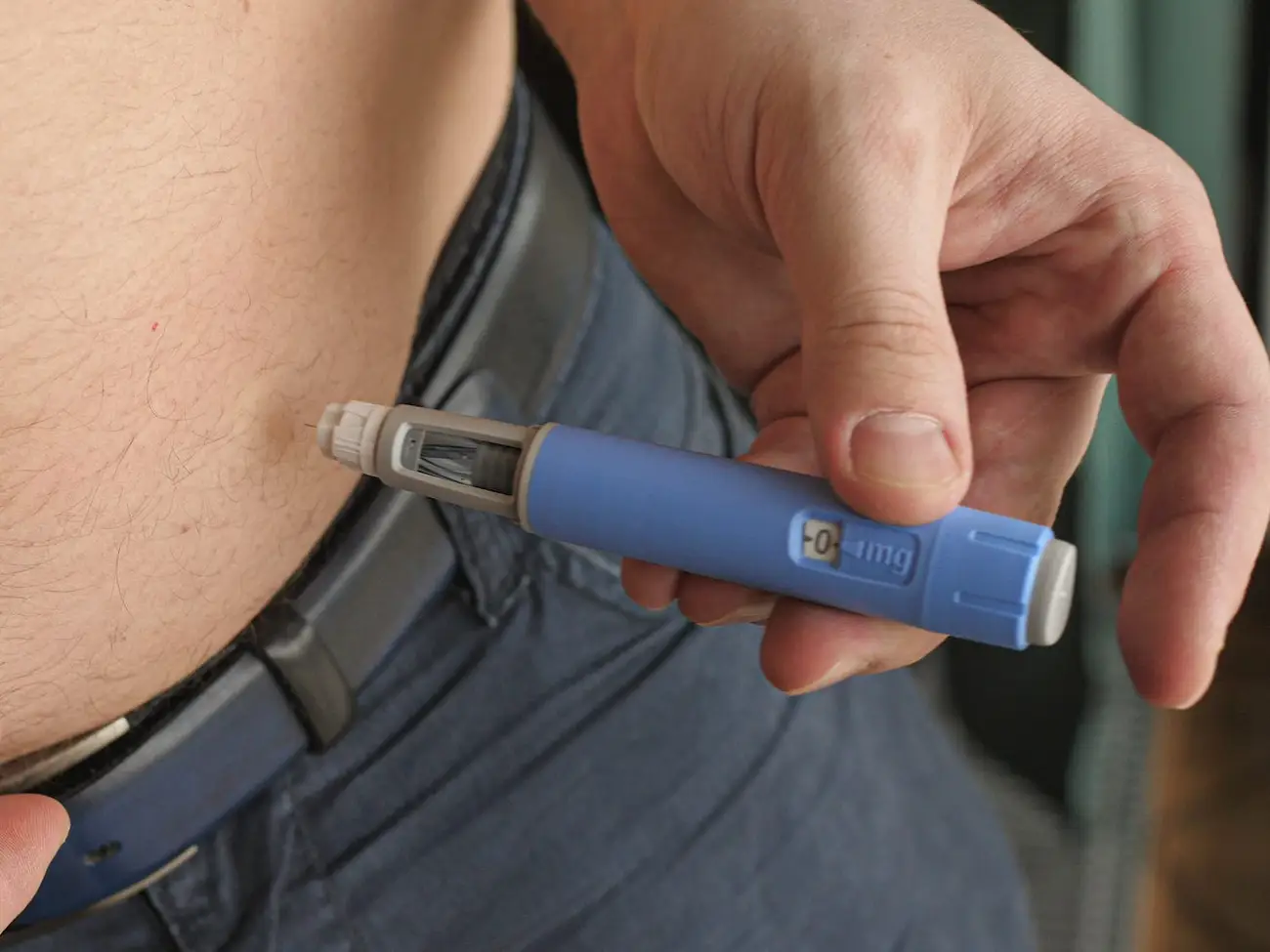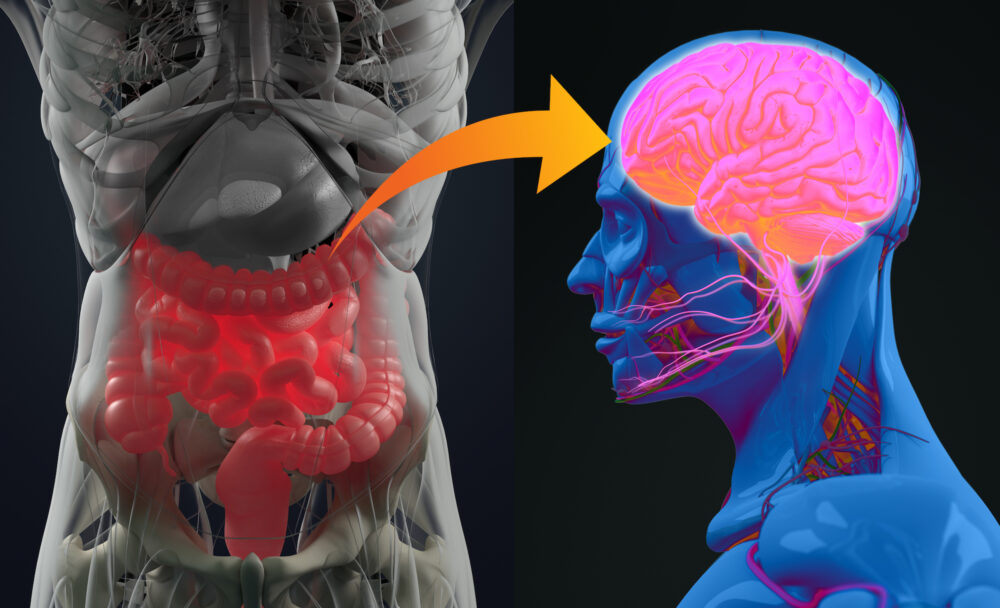Supporting the 'Slow Burner' for Weight Loss
Just eat less and exercise more and you will maintain a negative calorie balance and you will lose weight. There is just one problem with this math problem… there are several influences that affect calories in and calories out that result in a variable metabolic rate (the number of calories we burn). To a slow burner, the math does not add up. It seems like their metabolism is slower than the people around them. It feels like it takes more effort to get even a little movement on the scale. The fact is, our metabolic rate, the number of calories burned at baseline and with activity, is variable from person to person. So, what can we do to support someone who is a “slow burner” or who seemingly is maintaining a negative calorie balance but just not seeing results?
What Are the Causes of the 'Slow Burner' Phenotype?
Alterations in Body Composition
Your basal metabolic rate, the number of calories you burn at rest is influenced by your body composition, gender, and age. The more muscle, or the larger you are in general, the more calories your body burns at rest. Men in general tend to have more muscle mass than women and tend to have a higher metabolic rate. As we age, there is a tendency to lose muscle mass and a slower metabolic rate. When you look at epidemiological data, weight tends to gradually increase with age.
As a strategy to prevent and improve the ‘slow burner’ phenotype, it is important to maintain muscle mass with aging. You can have your muscle mass measured through a variety of methods. The easiest and most accessible tends to be body impedance analysis. With this method, we can see if low muscle mass or sarcopenia is the reason for the ‘slow burner’ phenotype. If that is the case, this can be improved through strength training.
History of Yo-Yo Dieting
Metabolic adaptations to weight loss occur. The most famous example of this is the biggest loser study. Remember that awful TV show called “The Biggest Loser”? Well, researchers followed those contestants and measured their basal metabolic rate before the show started and followed them for 6 years after the show ended. Unfortunately, most of the contestants gained their weight back. Perhaps even more troubling was that their metabolic rate had decreased significantly and stayed low even though the weight was put back on. In other words, to have had weight, then lost it, and then gained it back resulted in a slower metabolism 6 years later. If your history includes yo-yo dieting where you have lost and gained the same weight there may be adaptations your body has made to slow your metabolism. In my experience, this is particularly true for large rapid weight changes.
Alterations in hormone balance
Sometimes imbalances in hormones can be a factor in metabolic rate. Thyroid hormones always come to mind here and that is true, an underactive thyroid will contribute to weight gain and difficulty with weight loss. For those people with the medical condition of hypothyroidism who must rely on thyroid hormone replacement, this can be an issue if thyroid hormone is not optimized. Sex hormones, particularly testosterone, estrogen, and progesterone along with stress hormones, such as cortisol, all can be a factor as they influence our body composition and metabolism in general. Typically for a ‘slow burner’ we consider testing all these hormones if clinically it makes sense to do so.
Genetic and Epigenetic influences
It turns out that it is true that your genetics can influence your metabolism. It was probably advantageous at some point in our ancestry to be able to be more efficient as far as metabolism goes and store fat more easily. We cannot change genetics, but epigenetics are modifiable and testable. Some people based on their genetics respond well to caloric restriction or exercise when it comes to weight management and knowing that, can be advantageous. Nutrigenomic testing is available to help sort this all out and may guide or motivate you toward an action plan.
Exercise is Key for 'Slow Burners'
The data on exercise and weight management is mixed. Exercise alone has not been proven to be super effective for weight loss alone. However, for slow burners, exercise can be very helpful and a game changer when the nutrition piece is in place already. Low-level/moderate cardiovascular exercise paired with some strength training is ideal to incorporate into the weight loss plan of a ‘slow burner.’
Nutrition Support
Food plans that prioritize protein and support the mitochondria are ideal for slow burners. The protein particularly after exercise can help with muscle building and repair. The foods that support the mitochondria can also be helpful as the more functional mitochondria you have the better when it comes to metabolic rate and mitochondrial dysfunction seems to be involved in the pathophysiology of obesity. Foods such as lean protein, and dark leafy greens rich in B vitamins and healthy fats are part of a mitochondrial-supportive food plan. In addition, time-restricted eating and intermittent fasting can also be helpful to support the health of the mitochondria and thus metabolism.
Nutraceutical Support
For slow burners, it is important to support the mitochondria of the cells. The mitochondria are the parts of the cell that make energy, and this is felt to be dysfunctional in people who suffer from obesity. The nutrients that support the mitochondria tend to be B vitamins and Magnesium and nutrients that tend to stimulate muscle mass accumulation such as L carnitine and essential amino acids from protein.
Some nutraceuticals touted for metabolism support do have risks, so it is important to always check with your doctor before starting them. An example of this is green tea extract which can be helpful in the slow burner phenotype but can be associated with side effects including rare liver damage. Green tea as a beverage however is fine for most people and can have some subtle metabolism effects.
Pharmaceutical Support
Phentermine is the one pharmaceutical utilized in the Mayo Clinic Study for slow burner phenotype along with resistance training showing enhanced weight reduction. The main action of phentermine which is a stimulant is a reduction in appetite. Phentermine also theoretically may increase NEAT- Non-Exercise Activity Thermogenesis- or the energy expended on activity other than exercise. Patients taking this often feel more motivated and energetic. This medication has been around for 50 + years and is FDA approved for weight loss for up to 12 weeks. However, it is often used for periods longer than that amongst weight management specialists. It is certainly not for everyone and there are of course risks and benefits as with any pharmaceutical but for ‘slow burners’ it can be very helpful.
Other Phenotypes
References
Fothergill E. Persistent metabolic adaptation 6 years after “The Biggest Loser” competition. Obesity (Silver Spring). 2016 Aug;24(8):1612-9. doi: 10.1002/oby.21538. Epub 2016 May 2.
Tzameli I. The evolving role of mitochondria in metabolism. Trends Endocrinol Metab. 2012 Sep;23(9):417-9.
Larsen FJ, Schiffer TA, Sahlin K, Ekblom B, Weitzberg E, Lundberg JO. Mitochondrial oxygen affinity predicts basal metabolic rate in humans. FASEB J. 2011 Aug;25(8):2843-52
Marcelo O. Dietrich, et al., “Mitochondrial Dynamics Controlled by Mitofusins Regulate Agrp Neuronal Activity and Diet-Induced Obesity,” Cell, Volume 155, Issue 1, 188-199, 26 September 2013
Jurgens T, Whelan AM. Can green tea preparations help with weight loss? Can Pharm J (Ott). 2014 May;147(3):159-60.
https://www.nccih.nih.gov/health/ephedra




